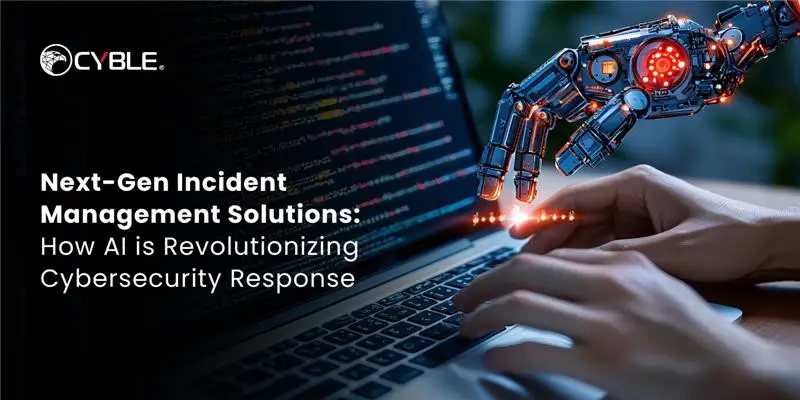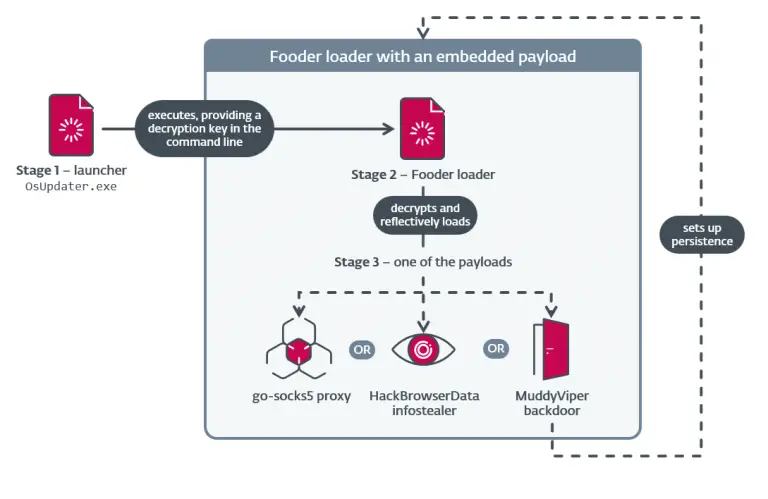
The rise in cyber threats has made traditional incident response methods inadequate. Organizations now require Next-Gen Incident Management Solutions that leverage artificial intelligence (AI) to detect, analyze, and mitigate security risks in real time. AI-driven technologies, such as automated threat detection, machine learning for threat detection, and AI-powered security monitoring, are transforming how businesses respond to cyber threats, minimizing damage and ensuring operational continuity.
In this article, we explore how AI is reshaping cybersecurity incident management and why organizations must adopt AI cybersecurity solutions to stay ahead.
Traditional vs. Next-Gen Incident Management Solutions
For years, security teams relied on rule-based systems and manual interventions to manage cyber threats. These legacy methods struggle to keep up with modern attack vectors, resulting in delayed responses and increased vulnerabilities. Next-Gen Incident Management Solutions integrate AI to provide predictive, automated, and intelligent security responses.
Key advancements in modern incident management solutions include:
- AI-driven incident response for rapid threat mitigation
- AI-based threat intelligence to analyze attack patterns
- Predictive cybersecurity analytics for proactive risk prevention
- Intelligent incident management with automated workflows
How AI is Revolutionizing Incident Management
- AI-Driven Incident Response
One of the most impactful changes in cybersecurity is the shift from reactive to AI-driven incident response. AI-powered systems can:
- Detect anomalies in real time
- Automate initial incident triage
- Provide contextual threat intelligence
- Reduce response time, mitigating potential damage
- Automated Threat Detection and Machine Learning
Cybercriminals continuously evolve their tactics, making machine learning for threat detection crucial. AI systems can:
- Identify attack patterns by analyzing historical data
- Detect zero-day threats that traditional solutions miss
- Enhance AI-powered security monitoring to prevent breaches before they occur
- Predictive Cybersecurity Analytics
Predictive cybersecurity analytics enables organizations to anticipate potential threats by:
- Analyzing user behavior to detect anomalies
- Identifying emerging threats from Dark Web sources
- Enhancing cybersecurity readiness through AI-driven simulations
The Role of AI in Security Operations
- Enhancing SOC Efficiency
Security Operations Centers (SOCs) face alert fatigue due to a high volume of security notifications. AI in security operations helps by:
- Filtering false positives to reduce noise
- Prioritizing incidents based on severity
- Automating response workflows for faster resolution
- AI-Based Threat Intelligence
AI-driven incident management solutions integrate AI-based threat intelligence to:
- Gather real-time data from multiple sources
- Provide actionable insights for security teams
- Improve decision-making for incident resolution
Cyble Incident Management: Transforming Cybersecurity Response
Managing scattered alerts and responding to threats in real time is critical for organizations. Cyble Incident Management streamlines security operations by:
- Consolidating alerts into actionable incidents
- Reducing downtime and improving efficiency
- Strengthening collaboration across security teams
By leveraging AI in cybersecurity, Cyble enables businesses to enhance their defense mechanisms and stay ahead of evolving cyber threats.
Conclusion
The adoption of Next-Gen Incident Management Solutions is no longer optional—it’s essential. AI-powered security monitoring, AI-driven incident response, and predictive cybersecurity analytics provide the necessary tools to combat modern cyber threats. However, the question remains: How can organizations keep up with the rapidly evolving threat landscape? The key lies in leveraging AI and automation to stay one step ahead, ensuring cybersecurity resilience in an increasingly digital world.


